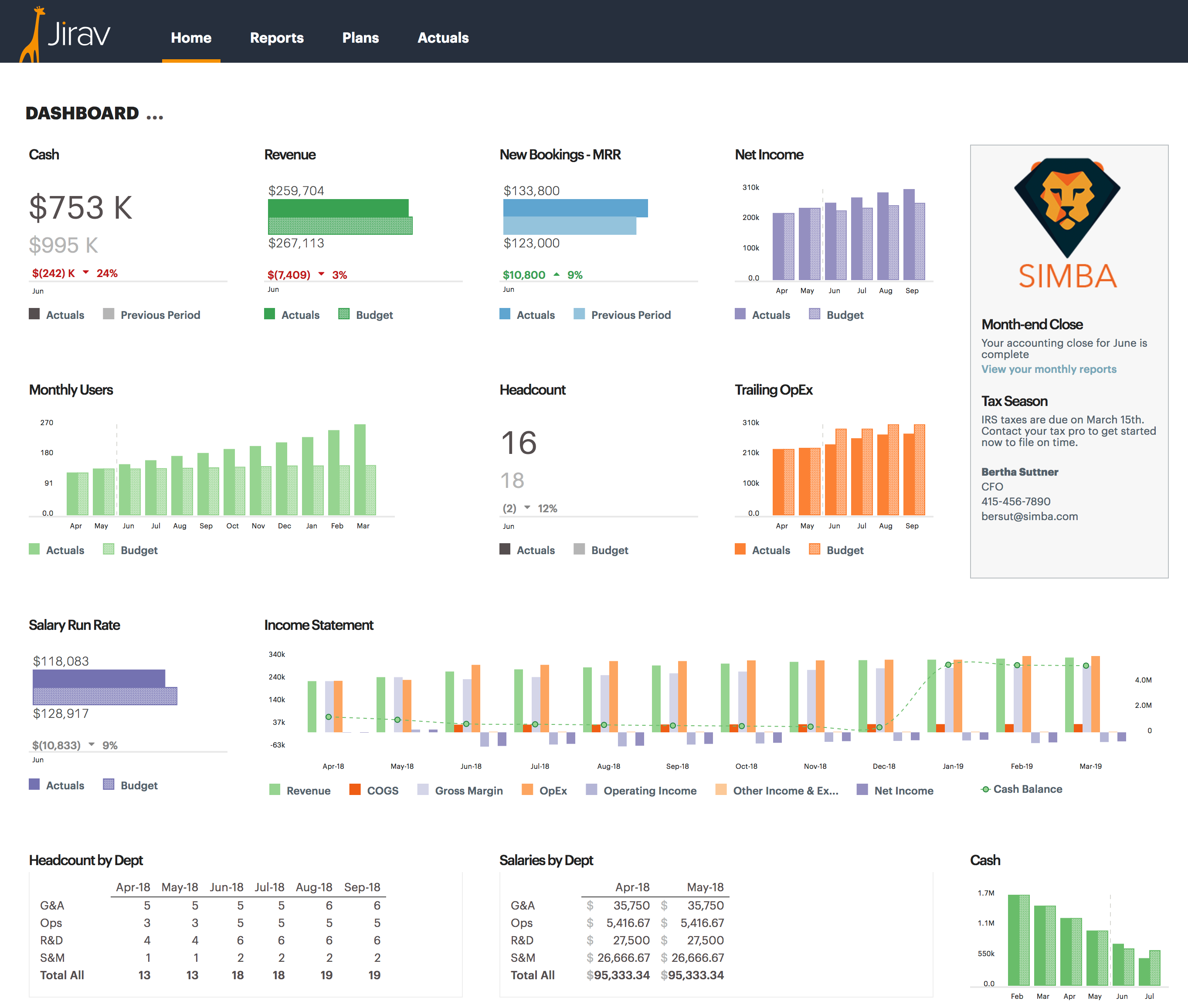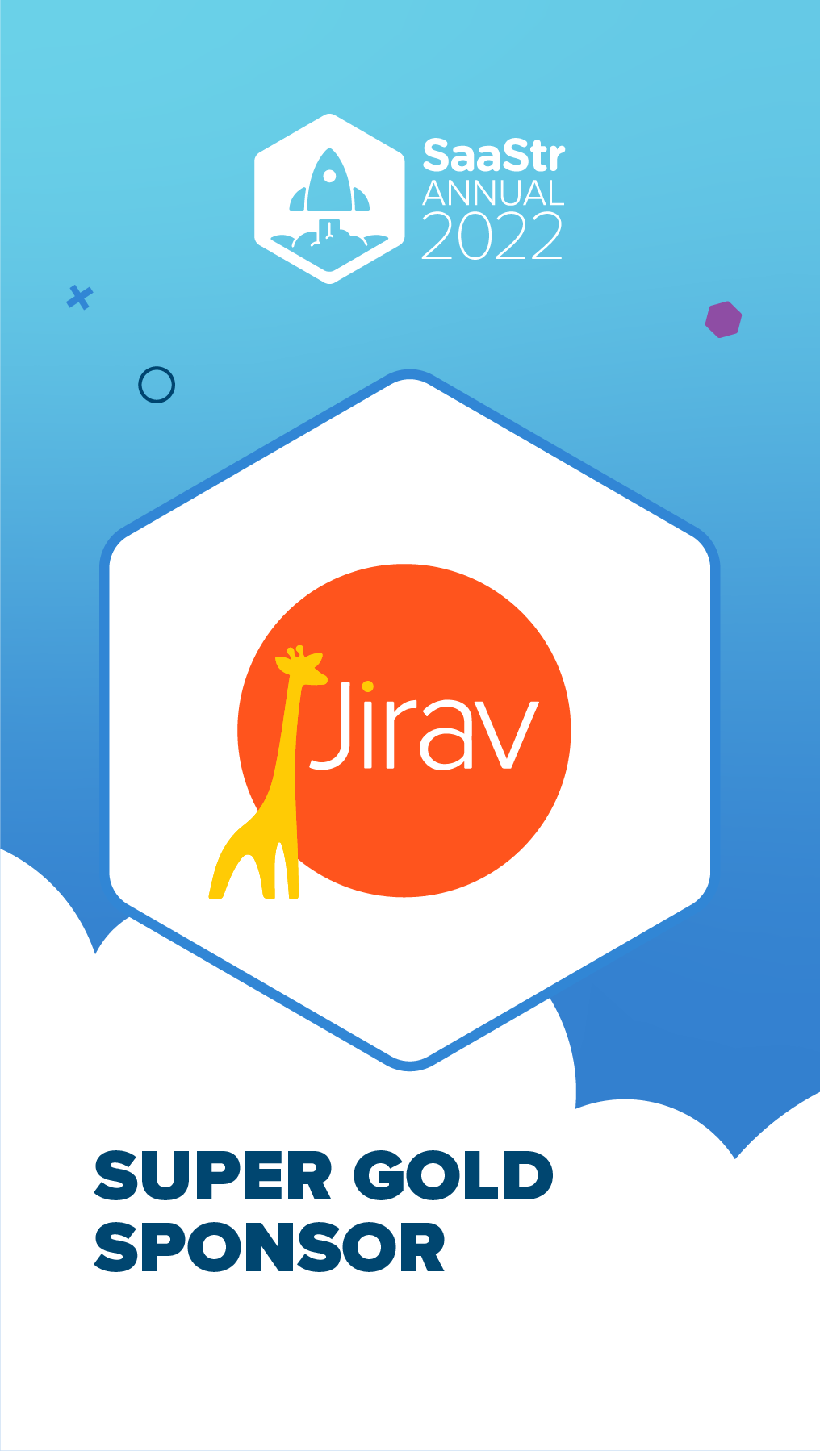Jirav recently hosted a webinar with presenters Ben Murray, The SaaS CFO, with 25+ experience in SaaS company finance and best practices and Brad Thomas, COO at Evercast, a SaaS company that experienced 1400% exponential growth through the pandemic.
Ben shared the 4 most common areas where missteps are made by SaaS companies as they’re growing. These include Saas P&Ls, chart of accounts, departmental coding, and revenue recognition. It’s important to note that all companies go through a financial maturity, so starting with a good foundation ensures you’re set up for success. The following is an overview of what was discussed in the webinar:
-
SaaS P&L: Streamline for Better Insights
When it comes to P&Ls, the traditional statement is difficult to read and interpret, cluttered with too many revenue and expense categories, and not organized by department, which makes it impossible to calculate gross margins and almost impossible to calculate SaaS metrics that interest founders and investors, like MRR.
Ben shared an example of an ideal Saas P&L, which beautifully organizes departments, expenses, and revenue to quickly show a clear measure of profitability via EBITDA. Ben demonstrated how a P&L statement set up like this actually serves its purpose.
-
Build a Strong Chart of Accounts
A good Chart of Accounts (COA) is the key to a proper accounting foundation. The COA is simply a numerical and descriptive listing of all the accounts on your general ledger, from the balance sheet to the income statement. Ben shared best practices for setting up COA, including how Expenses and Revenue should be clearly defined.
-
Optimize Departmental Coding
Ben cautioned against the bucket of expenses when it comes to departmental coding. Putting all your teams in one category makes it hard to have team budgets. You can set up another level of account coding in your general ledger to properly categorize expenses and revenues by teams.
-
Mindful Revenue Recognition
Revenue recognition, or the process of recording and reporting revenue earned in financial statements, needs to be mindfully considered. Ben shared a snapshot of an ideal P&L, which quickly answers questions like, “What is my MRR?” and “What is my gross margin %?” and makes the work of the finance team impactful. The timing of when the revenue is recognized is extremely important.
Consider What Matters to Your Business
With these 4 areas covered, we looked at the SaaS metrics framework. It’s important to consider where a company is in its maturity and set and track metrics appropriately. For example, a young company in Growth Mode is focused on New Bookings rather than efficiency metrics that would be relevant to an established SaaS company, like LTV to CAC ratios.
Brad brought some real life examples of how he has seen these areas play out in the hyper growth phase of Evercast. For example, setting up team budgets with proper coding helped him give visibility and accountability to his team leaders for their budgets. He was also able to bring in his chart of accounts from Quickbooks online and customize them as he needed in Jirav.
Diving into a product demo for Jirav, Ryan showed us how SaaS companies can avoid these mistakes by using pre-built SaaS templates in Jirav.
Watch the full webinar here. And if you’re ready to enhance the financial health of your SaaS company, get started with Jirav today.












